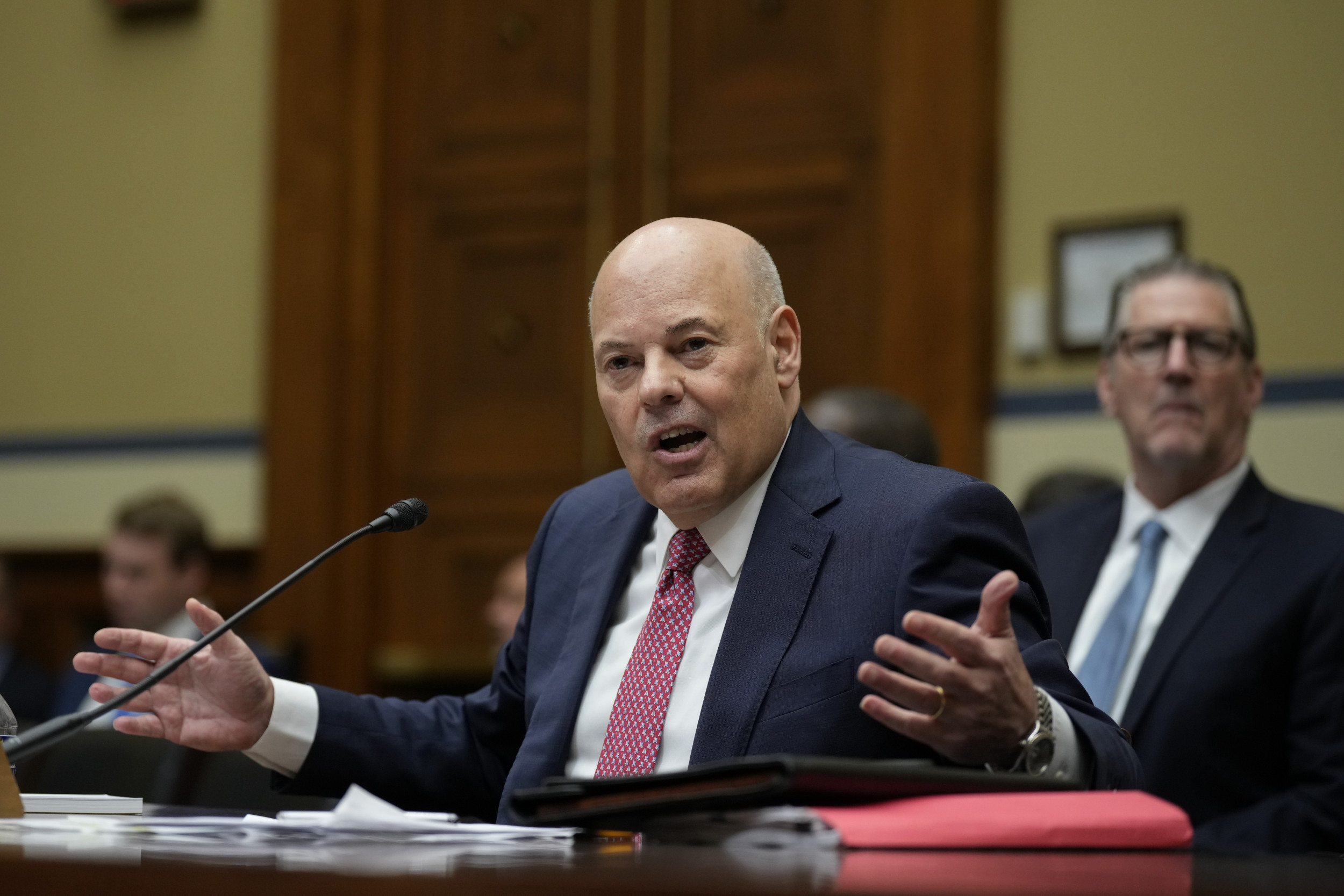Cervical cancer could be eliminated in the U.S. in about 20 years—with over 1,000 new cases avoided each year—if 90 percent of eligible women are screened, a study suggests.
If current trends continue, the U.S. is on track to eliminate the disease which develops on the cervix—the entrance to the uterus from the vagina—in the next two to three decades, according to the authors of the study published in the journal The Lancet Public Health.
But if more women are screened, the disease could become rare by either 2038 or 2046, according to two computer models used by the researchers at Harvard T.H. Chan School of Public Health. Computer models enable scientists to crunch data to make forecasts about problems, like the incidence of diseases, based on different scenarios.
Cervical cancer is one of the most preventable and treatable forms of the disease, with the sexually transmitted infection the human papillomavirus (HPV) the cause of 99 percent of cases. In 2018, the World Health Organization made a call to see cervical cancer eliminated worldwide, setting the threshold at four or fewer cases per 100,000 women.
Rates of the condition in the U.S. dropped by more than 50 percent between 1975 to 2015, partly due to screenings. This year, the American Cancer Society predicts 13,800 new cases of cervical cancer will be diagnosed in the U.S., and around 4,290 will die.
The U.S. Centers for Disease Control and Prevention (CDC) recommends boys and girls get their shot against HPV at around the age of 11 or 12. Meanwhile, women aged between 21 to 29-years-old are advised to get what is known as a Pap test, where a clinician checks to see if the cells in the cervix are healthy, every three years.
Women aged between 30 to 65-years-old may have a pap test and or a HPV examination, where the cervix is checked for signs of HPV, every three or five years, respectively. Women above the age of 65 may have their doctor tell them they no longer need screenings if they have had normal results for several years, or had their cervix removed, for instance to treat a condition such as fibroids.
The researchers found that boosting cervical screening coverage in the U.S. to 90 percent in 2020 was the best way to speed up elimination of the disease. This could save between 1,400 to 2,088 cases from occurring annually between 2019 and 2100, they said. Currently, as many as 14 percent of women are never screened, according to the researchers.
In contrast, hitting 90 percent HPV vaccine coverage or vaccinating adults aged between 26 to 45-years-old was found to have little effect on the cases of the disease, according to the study.
"Despite the 8-year difference in elimination year between the status quo projections for the two models, we identified greater convergence between the models for scenarios in which screening was scaled up than scenarios in which only vaccination was scaled up," they wrote.
"Both models demonstrated that increasing screening coverage has a greater effect on elimination year and on cervical cancer cases prevented between 2020 and 2100 than increasing vaccination coverage alone," the team said.
However, they stressed the findings don't suggest that vaccines are not necessary, rather "that this approach is not the most expeditious method of reducing cervical cancer incidence in the USA" because it can take a long time for a person to get HPV and be diagnosed with cervical cancer or other HPV-related cancers.
"Additionally, high HPV vaccination coverage remains important in reducing HPV-related non-cervical cancers and genital warts, in both men and women," the researchers said.
Co-lead author of the study Emily Burger, a research scientist at the Center for Health Decision Science, told Newsweek: "In the U.S., cervical cancer will become more rare over time even without additional scale-up efforts, but our study shows that getting under-screened women to attend screenings contributes substantially to eliminating cervical cancer more rapidly."
She said the team was surprised by how much improving compliance to cervical cancer screening guidelines would have on speeding up the elimination of the disease in the U.S., "which is particularly important for those women not vaccinated against HPV."
However, acknowledging a limitation of the study, she said: "Our projections that cervical cancer will be eliminated in the U.S. in the next two decades relies on an assumption that current screening patterns and vaccination coverage continue.
"Any changes to current practice, such as lower HPV vaccination uptake, could disrupt or delay our projections of the timing of cervical cancer elimination in the U.S.," she said.
This article has been updated with comment from Emily Burger.

Uncommon Knowledge
Newsweek is committed to challenging conventional wisdom and finding connections in the search for common ground.
Newsweek is committed to challenging conventional wisdom and finding connections in the search for common ground.
About the writer
Kashmira Gander is Deputy Science Editor at Newsweek. Her interests include health, gender, LGBTQIA+ issues, human rights, subcultures, music, and lifestyle. Her ... Read more
To read how Newsweek uses AI as a newsroom tool, Click here.






